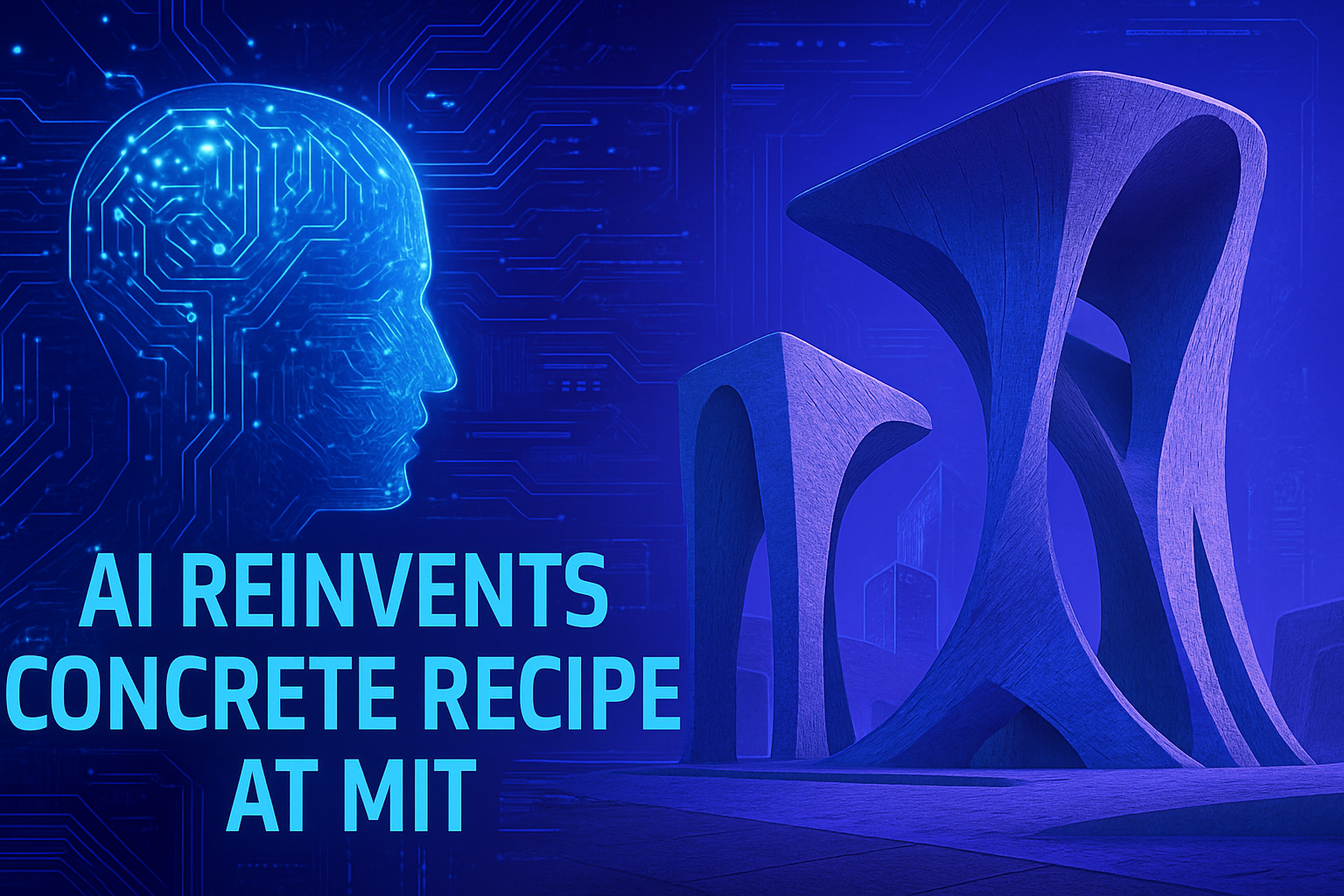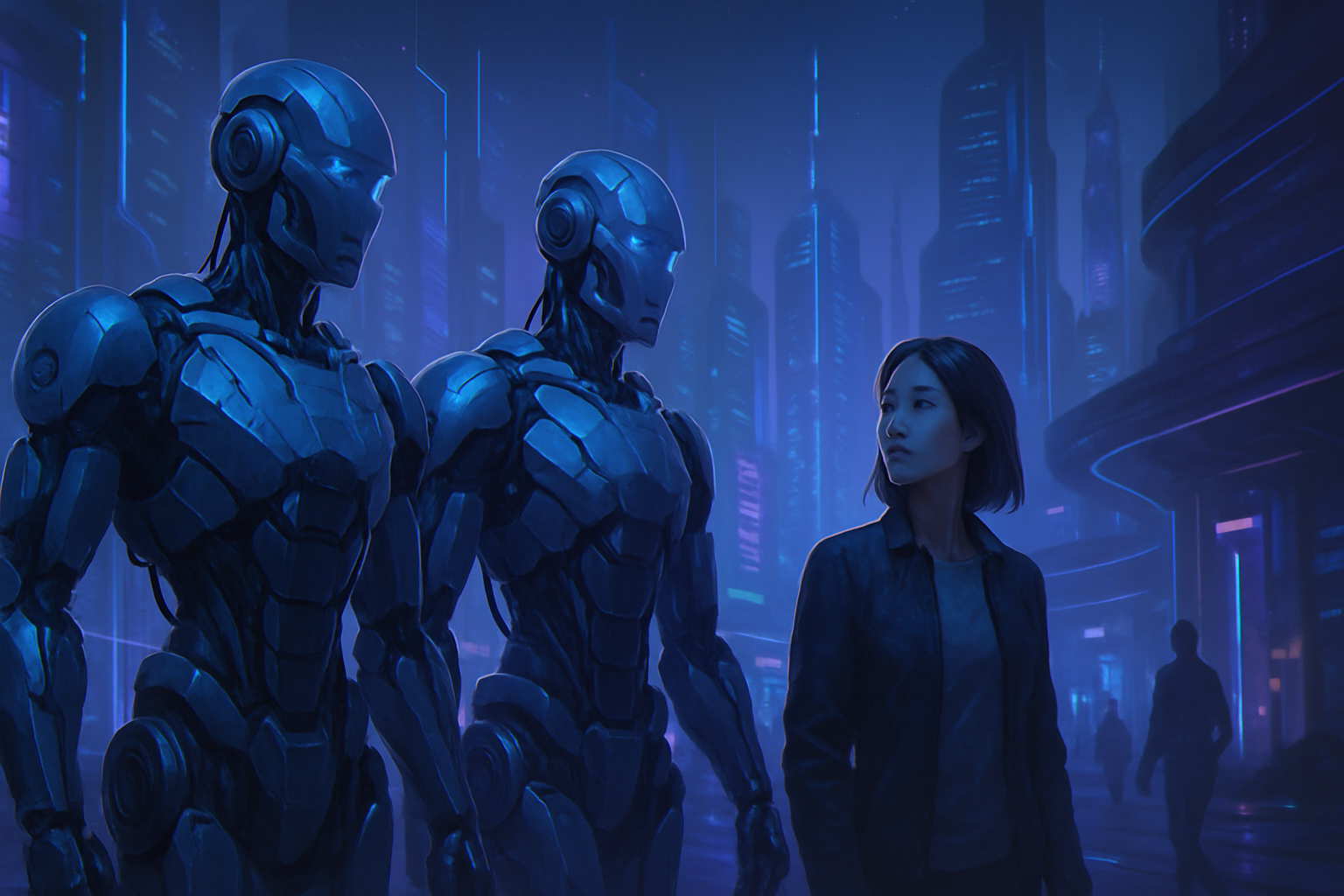Today’s innovation is radically transforming ancestral materials. Concrete, a fundamental pillar of modern infrastructure, is being reinvented under the influence of AI. A groundbreaking study from MIT demonstrates the impact of new technologies on the composition of concrete. Cost savings and emissions reduction are emerging as priorities in a pressing climate context. Artificial intelligence is becoming the ally of researchers in identifying substitutes for traditional cement. A meticulous analysis of scientific data allows for the exploration of promising alternatives, promoting a circular economy. The application of this knowledge could well redefine the standards of sustainability in construction.
AI and Concrete Research
A research team from MIT, in collaboration with the Olivetti group, has embarked on an ambitious quest to reduce the amount of cement used in concrete. The issue, considered for years, is now gaining new momentum thanks to artificial intelligence. The goal: to reduce both costs and carbon footprint.
A Supply Challenge
Materials such as fly ash, a byproduct of coal production, and slag, a residue from steel manufacturing, are already being used to replace part of the cement. The growing demand for these ingredients, driven by a desire for sustainability, far exceeds the available supply. This phenomenon makes the search for alternatives particularly urgent.
A Solution Enabled by AI
On May 17, the team led by Soroush Mahjoubi published a study in Nature Communications Materials, revealing their innovative approach. According to Mahjoubi, AI is essential for advancing this research. The amount of existing data on potential materials is immense, and manual sorting would be unthinkable.
Language Models and Material Sorting
By using advanced language models, the team developed a machine learning framework that evaluates and classifies candidate materials based on their physical and chemical properties. The hydraulic reactivity is a critical characteristic. Cement, acting as a binder, hardens in the presence of water. Therefore, any substitute must offer similar reactions.
Next, the pozzolanicity, which involves the reaction of a material with calcium hydroxide, is crucial. This reaction helps solidify the concrete over time. Researchers thus need a perfect balance between these two types of materials to ensure optimal concrete performance.
Analysis and Classification
The process of analyzing scientific documents and rock samples allowed the team to classify candidate materials into 19 distinct categories. This wide range includes agricultural byproducts and materials from demolition work. The research highlighted the availability of suitable materials on a global scale.
Novel Materials as Alternatives
Among the notable discoveries, common materials like ceramics, sourced from ancient tiles or bricks, could serve as excellent substitutes. In Roman concrete structures, ceramics were incorporated to enhance impermeability. These findings were enriched by discussions with Professor Admir Masic, an expert in ancient concrete studies at MIT.
Contributing to the Circular Economy
This team’s efforts are part of a broader vision of a circular economy. By identifying materials that would otherwise be discarded, the industry can extend their lifecycle and reduce waste. A crucial issue in the current context of resource preservation.
Future Perspectives
Regarding the future of their research, the team intends to strengthen their analysis framework to explore even more materials. Experimental validation of the best candidates is also part of their next steps. AI tools allow for rapid advancement in this innovative research, according to Professor Elsa Olivetti, a member of the Department of Materials Science and Engineering at MIT.
Randolph Kirchain, co-author and director of CSHub, emphasizes that the application of data science and AI tools for material design could revolutionize the concrete industry without sacrificing strength or durability.
Frequently Asked Questions
How does AI contribute to reducing cement in concrete?
AI enables the analysis of massive volumes of data and scientific documents to identify and assess materials that can replace cement, thereby improving the efficiency of research on ecological alternatives.
What types of materials are considered substitutes for cement in new concrete formulations?
Researchers assess a variety of materials, including fly ashes, ore residues, and recycled materials such as ceramics, bricks, and old tiles, which exhibit hydraulic or pozzolanic reactivity.
Why is it urgent to find alternatives to traditional cement?
Cement is responsible for heavy CO2 emissions, and its costly and resource-intensive production requires significant resources. The search for sustainable and accessible alternatives is crucial to reducing the environmental impact of the concrete industry.
What advantages does using AI offer compared to traditional material research methods?
By utilizing large language models, AI can quickly sort and analyze vast datasets, which would otherwise require years of human work, thus enabling a more efficient identification of promising materials.
How many types of materials were identified as viable candidates in this study?
Researchers classified candidate materials into 19 different types, demonstrating the diversity of available options for replacing cement in concrete mixtures.
What are the implications of this research for the circular economy?
By rediscovering and reusing materials that would otherwise be discarded, this research promotes a circular economy approach, where waste is minimized, and materials are integrated into structures, thereby reducing environmental impact.
What are the next goals of the research team?
Their future work includes improving the evaluation framework used to explore even more materials and experimentation with the best candidates to validate their effectiveness and properties.
How will this study influence the construction industry?
By integrating AI-based solutions to find cement alternatives, the construction industry can adopt more sustainable practices while maintaining the necessary performance standards regarding strength, safety, and durability of concrete.






